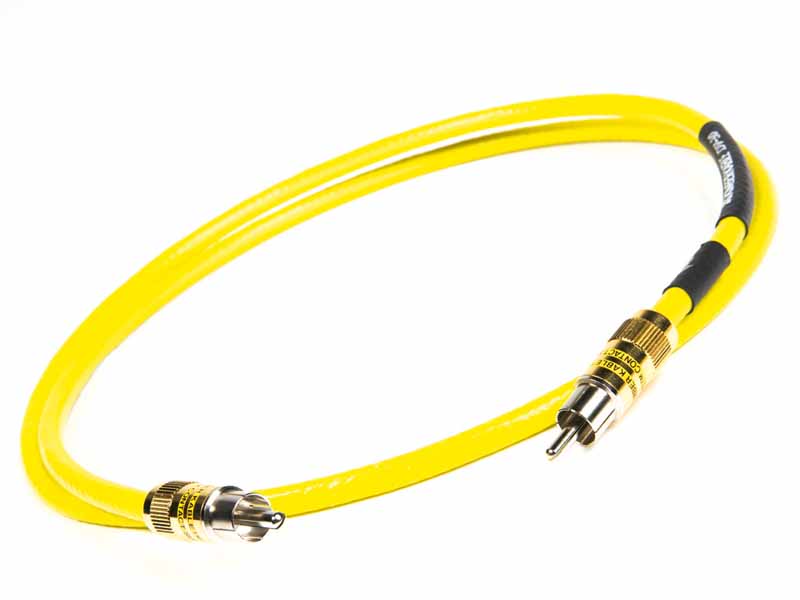TechRadar Verdict
A superb performer that lacks very little, even compared to Kimber's high-end models. Tonality, detail and imaging are really very fine
Pros
- +
Fantastic performance
- +
Impressive detail
Cons
Why you can trust TechRadar
Recently reduced in price, the Kimber DV-30 cable sells in some quantity and is available in various forms – different lengths and with different connectors fitted.
For general comparability and convenience we chose normal phonos, but BNC and F-type connectors are also available.
Because the latter are true 75-ohm types it may be tempting to go for them, but unless your equipment is fitted with the same type it's worse than pointless: adding any kind of adaptor on the end of a digital cable is a big no-no.
Stiff, despite its modest 7mm diameter, DV-30 is composed of copper conductors and cellular Teflon dielectric, with what feels like a Teflon jacket, too, and Kimber's own 'Ultraplate' phono plugs – unpretentious but tough, and offering very reliable contact thanks to their split centre pin.
Well-balanced cable
Kimber seldom nods, it seems, and this is another highly successful cable. In typical Kimber fashion, it does its job well, and rath self-effacingly, too; it was only by comparing it with other models that we became aware of its particularly neutral and even-handed balance and its admirable handling of detail.
Minor flaws in digital cables, leading to small amounts of added jitter, often seem to affect detail in subtle but insidious ways, but in this case we were able to hear more depth and precision than we could with some other cables in the same price bracket.
Sign up for breaking news, reviews, opinion, top tech deals, and more.
When connected to a couple of mid-range DACs, there is a slight feeling of recessed treble on some very busy recordings. And, although the best DACs were less cable-dependent, we also thought we heard just a shade more image depth with this cable there, too.
